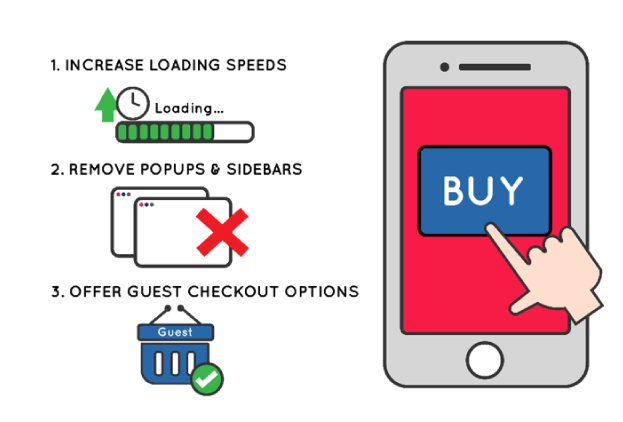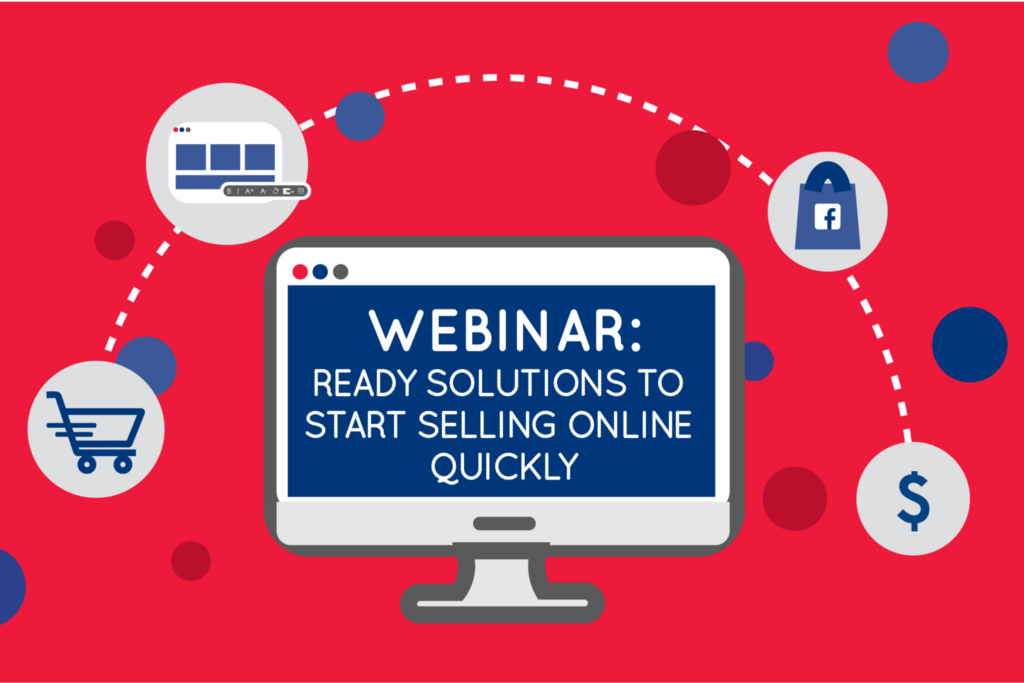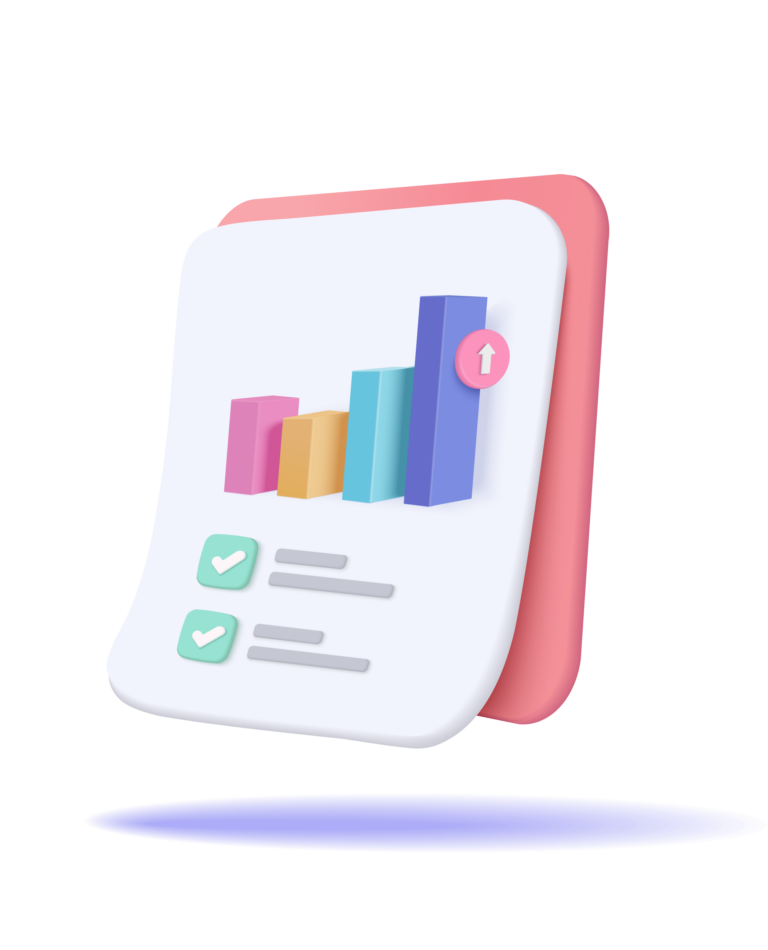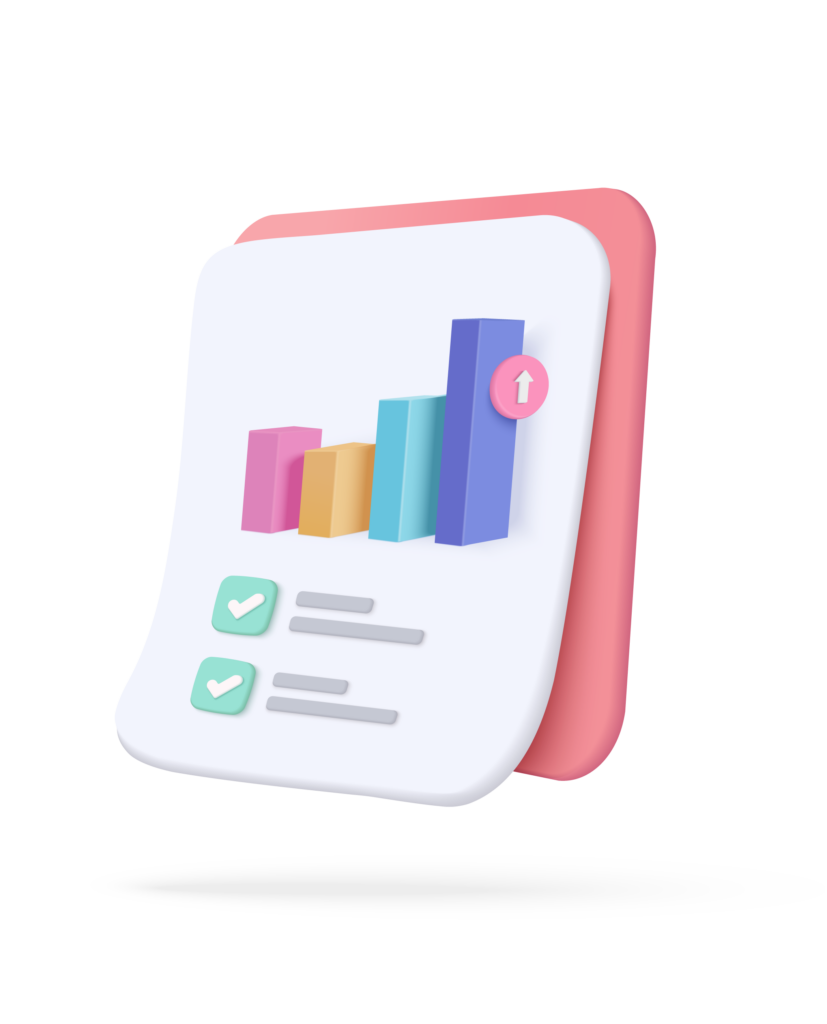
UOB FinLab Vietnam: Digital Gateway to Global Markets — Event Recap
UOB FinLab Vietnam: Digital Gateway to Global Markets empowered SMEs with insights and connections to scale globally with confidence.

Before COVID-19 hit us, those keen to avoid crowds or lazy to head out can simply whip out their phones, place their orders and have them delivered to their doorsteps. Back then, this was known as the future of retail.
But today, this is no longer the future – it is the now. With safe distancing measures and stay-at-home advisories amid COVID-19, e-commerce has become a necessity for many businesses.
If anything, restrictions due to COVID-19 have shown how adaptive we are, with many of us pivoting to online shopping in a very short time. Since Singapore raised the Disease Outbreak Response System Condition (DORSCON) level to Orange in early February, online platforms have seen a surge in sales. RedMart’s weekly average orders tripled, while FairPrice’s online orders exceeded that of the Chinese New Year period.
This trend is also observed in other parts of Southeast Asia, including Malaysia and Thailand. In Thailand, LINE’s on-demand service platform LINE MAN has seen food deliveries grow threefold since Covid-19 hit. Courier and grocery shopping services have also grown significantly. For Malaysia, e-commerce was deemed as an essential service when the Movement Control Order was implemented in mid-March2020, with the sheer volume of orders and active users.
The online boom will only continue to increase, as more of us stay home and opt for delivery.
This period of movement restrictions might not be all bad news for businesses, if they can harness e-commerce effectively. Here are three key tips we have for businesses looking to do so.
Be it memes, videos, or product promotions, the vast majority of content we consume today come from social media platforms. As such, your business should work to have a strong social media presence on platforms where your target customers are at, to reach them effectively.

Which social platform to focus on will depend on the type of your business.
Say you are a B2B company that sells specialized technical equipment to healthcare practitioners. You have a niche target audience, so using LinkedIn and Facebook would be more appropriate for your business, as both platforms have ad-targeting capabilities for specific professions like healthcare
But if you are a B2C company in fashion and beauty, it will be a different story altogether. Picture-heavy platforms like Instagram and Pinterest will be more suitable.

Customers are increasingly using mobile devices to shop, hence businesses need to be aware of how their digital content appears and functions on mobile, to retain shopper attention and engagement.
Businesses can optimise for mobile in three simple ways: increase loading speeds, remove pop-ups and sidebars on their websites, and offer guest checkout options.
As your business ramp up your e-commerce site, or increase product listings on e-commerce platforms, check the experience of browsing on different phones, to ensure consistency among users with different phone models.
E-commerce is not just about listing your products on online platforms. There are many things to put in place, to make e-commerce work effectively. Consider online marketing to drive sales, integration of your online store with backend functions like inventory, and maintaining good customer experience are some examples. The good news is that there are many solutions out there for you to tap on.
But first, identifying where and how to start can be challenging. Be it listing your products on an e-commerce platform, selling directly on social media, or building your own e-commerce store. We understand these challenges and have put together a needs assessment analysis that you can explore in your e-commerce journey.

Understandably, some businesses may have doubts on whether the e-commerce boom will be sustained post COVID-19. After being cooped up for so long, people might eat, shop, and dine out more.
But it is unlikely that e-commerce will fade into oblivion. While some consumers may revert to physical shopping, those who found satisfaction and convenience through online shopping will persist.
In fact, data shows that e-commerce will only grow in prominence, with ASEAN’s digital economy projected to reach US$300 billion by 2025. The projection was made before COVID-19 hit us.
The time has never been better for businesses to take their stores online.
For businesses looking for digital solutions in the areas of online e-commerce and marketing, we have a list of offers from tech providers we have worked with before.



UOB FinLab Vietnam: Digital Gateway to Global Markets empowered SMEs with insights and connections to scale globally with confidence.

As Singapore advances its Green Plan 2030, UOB FinLab is working with SMEs to turn sustainability into a pathway for growth, resilience, and long-term success.

At UOB FinLab, we’ve spent the last 10 years enabling SMEs across the region to adapt, transform, and thrive, no matter how the market moves.

Designed for business owners to enhance their digital capabilities through practical learning, this programme takes businesses to the next level.
Designed for business owners to enhance their digital capabilities through practical learning, this programme takes businesses to the next level.


Bridge ideas and innovation, subscribe to the FinLab Connect now!